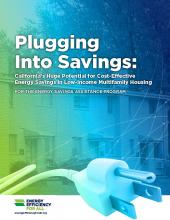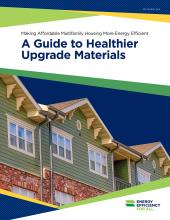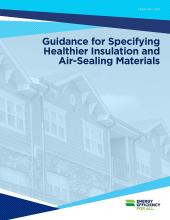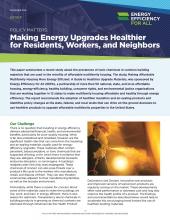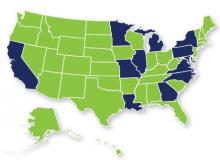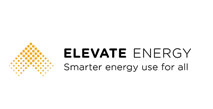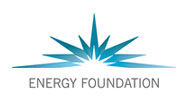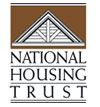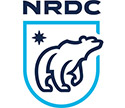Making multifamily residential properties more energy efficient is a key strategy for reducing the disproportionate energy cost burden facing families on limited incomes. Energy cost burden is the percentage of household income spent on energy bills.

There is no question that investing in energy efficiency delivers substantial financial, health, and environmental benefits, particularly for poor-quality housing. What is far less understood and remedied, however, are the significant health risks to residents, workers, and the surrounding community that can come from the insulating and air-sealing materials usually used in the retrofit process. Although choices of material are driven by many considerations, those policies that shape standards and certifications have a significant impact and present opportunities for change. We focus here on those policies at a state and local level that drive retrofit materials decisions for the affordable multifamily sector, which provides housing for nearly 10 million people in our country. Our research, based on 12 states with diverse climate and policy contexts, centered on these three questions:
1 What drives multifamily retrofit materials choices now?
2 How do healthier materials fit into the building standards and certifications that are commonly used?
3 How can we further promote the use of healthier materials through these processes?
| Attachment | Size |
|---|---|
| 2.89 MB | |
| 4.56 MB |

